Spanning 20 years, Permissions is a book wherein the comings and goings, cycles, rituals, and remnants of family life are scooped up, shuffled, and then set free
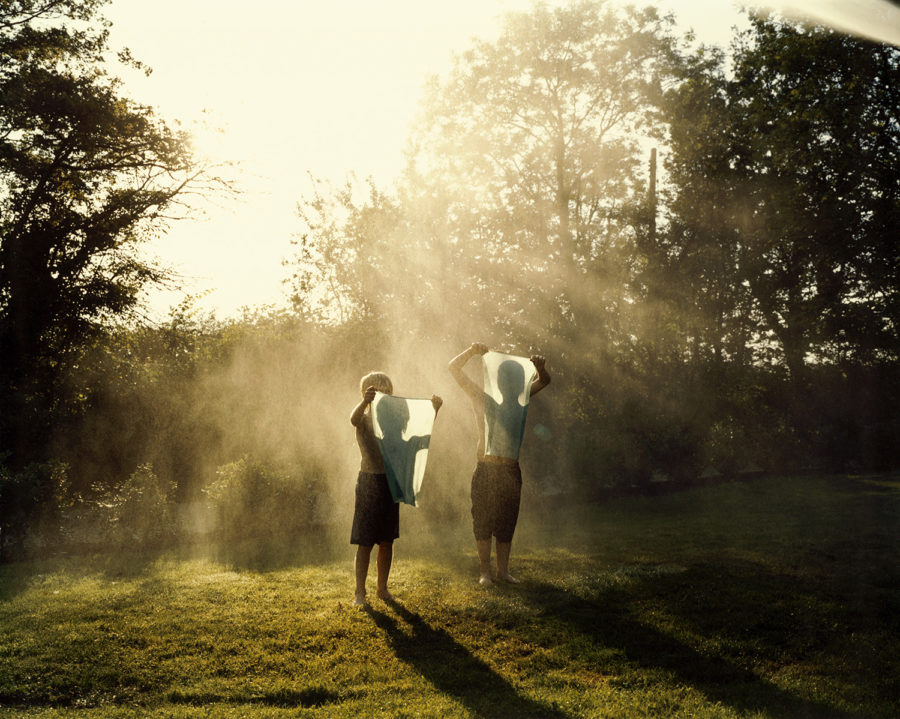

Spanning 20 years, Permissions is a book wherein the comings and goings, cycles, rituals, and remnants of family life are scooped up, shuffled, and then set free
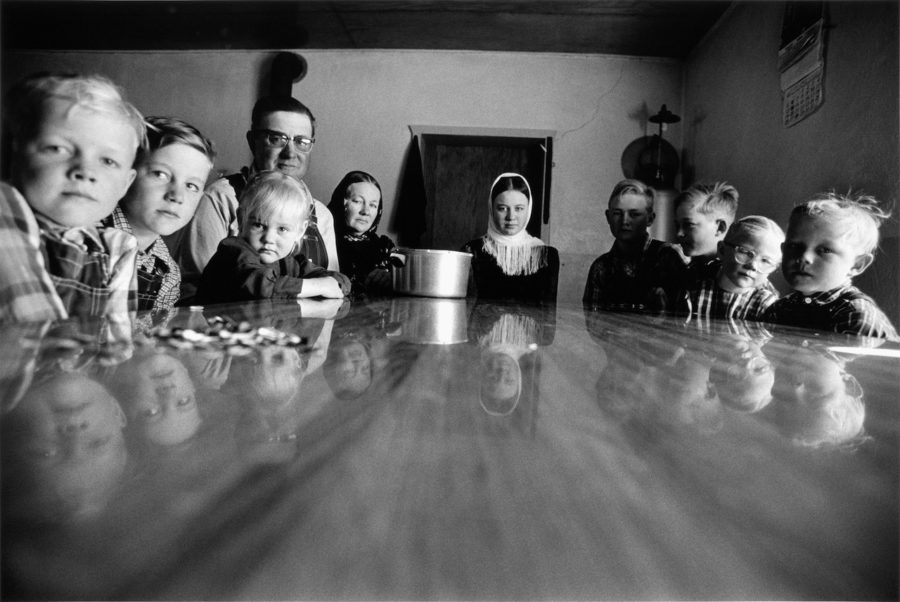
Larry Towell knew little about the Mennonite people when he arrived in the fields of south-west Ontario in the early 90s. Slowly, he befriended the community, and documented their lives for almost a decade
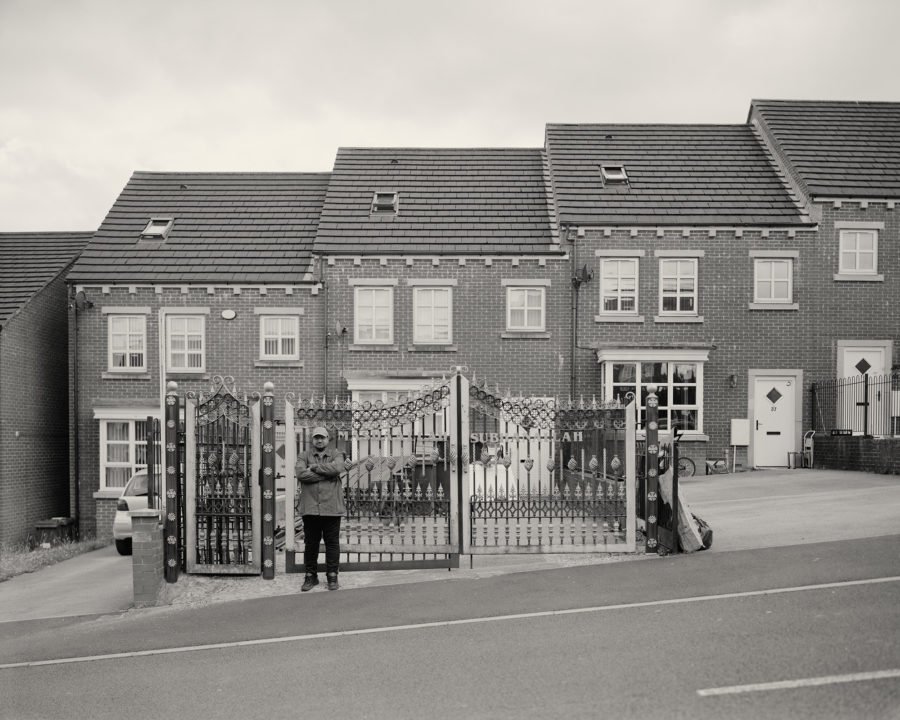
A collaboration between photographer Craig Easton and writer Abdul Aziz Hafiz Easton, BANK TOP documents a tight-knit community in Blackburn, a Lancashire town once dubbed “one of the most segregated” in Britain

Stacy Mehrfar’s new photobook captures the emotional effects of migration and the loss of stability, self, and belonging that can be felt during this transitory experience
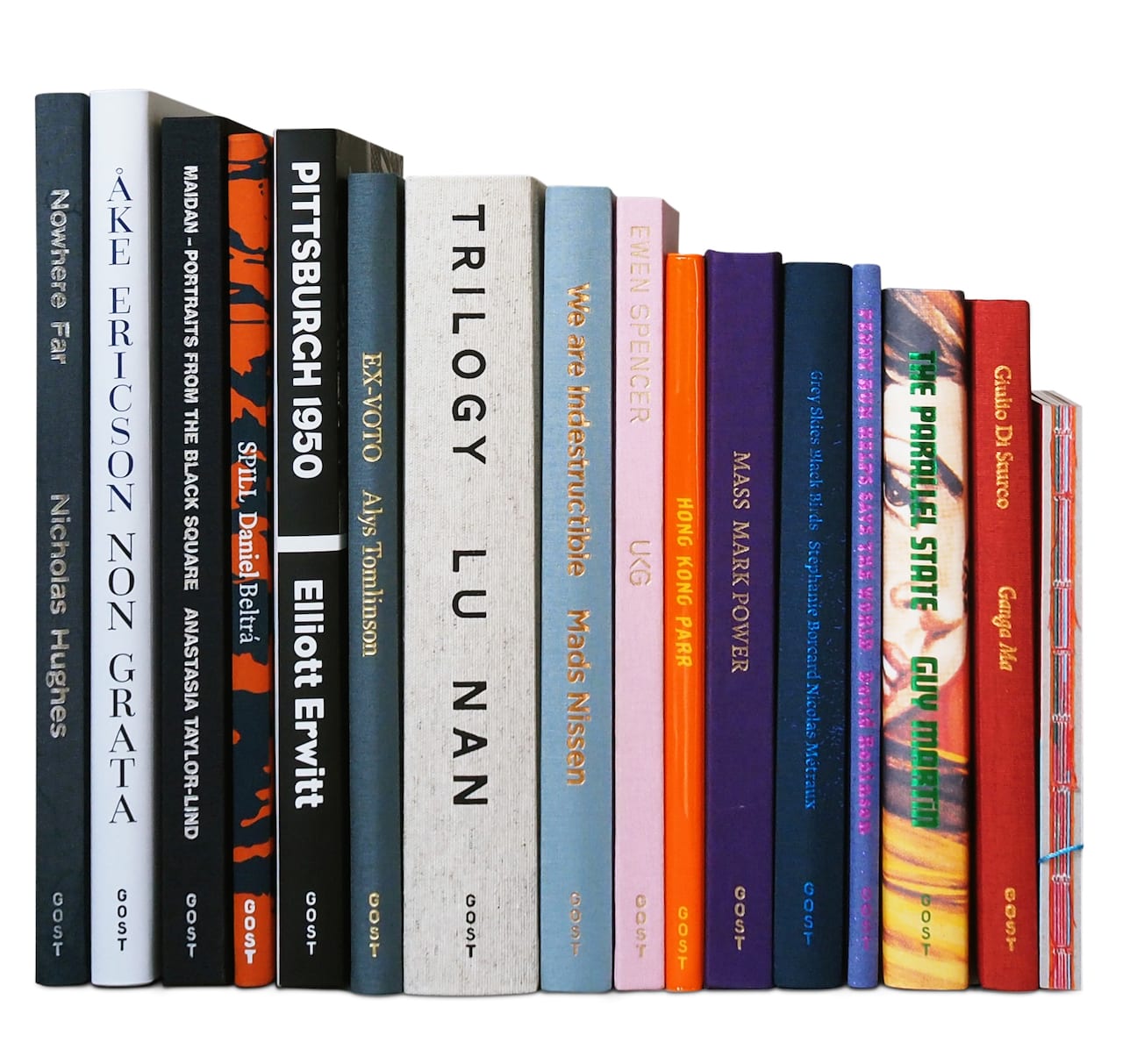
The inaugural award calls for entries from unpublished photographers, with the winning work to be edited, designed, and distributed by the ICP/GOST imprint, along with an exhibition at ICP’s new space in New York
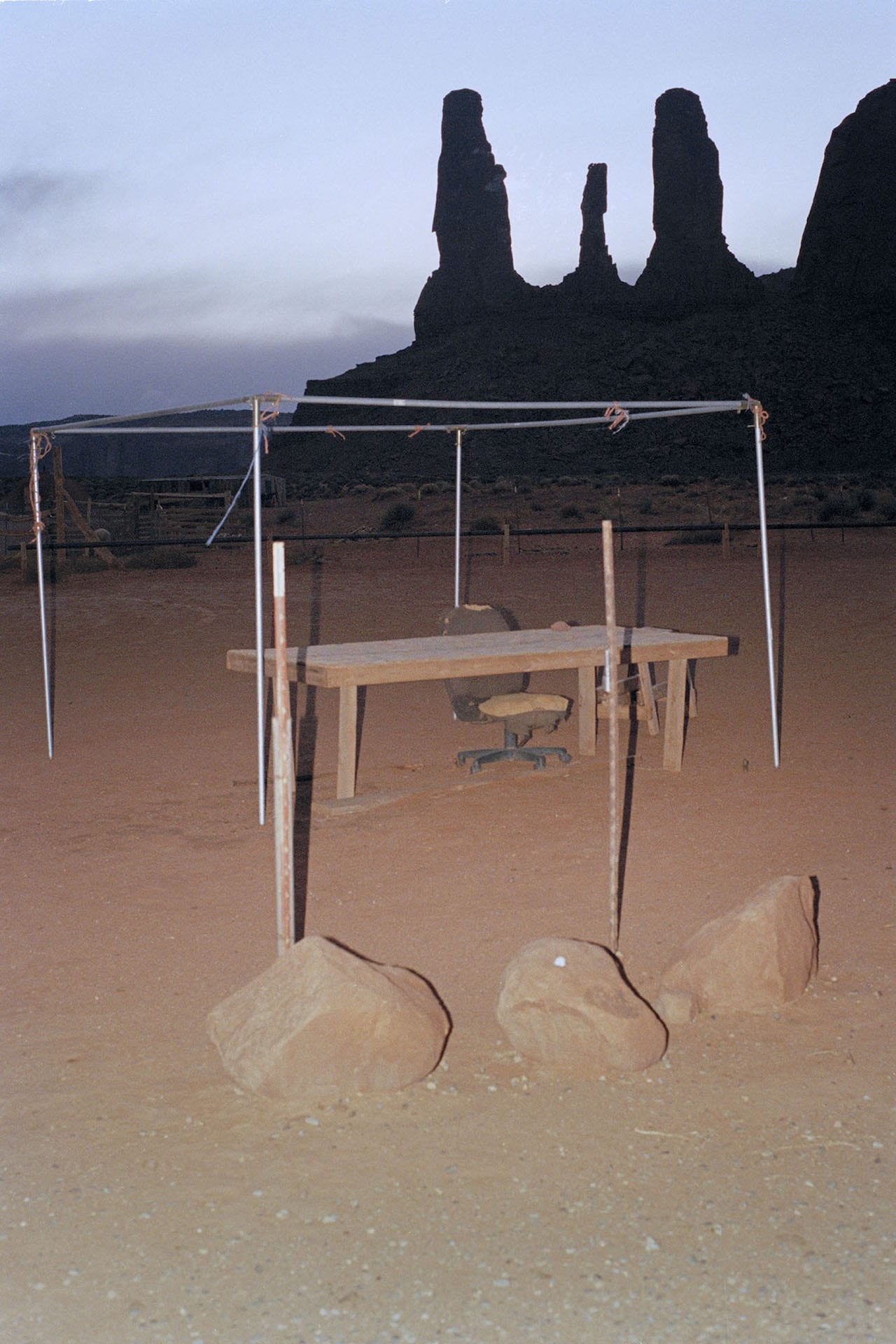
Publications we loved, and the big news stories from the last month in photobooks, including American Winter by Gerry Johansson, Void’s Hunger project, and JA Mortram’s Small Town Inertia
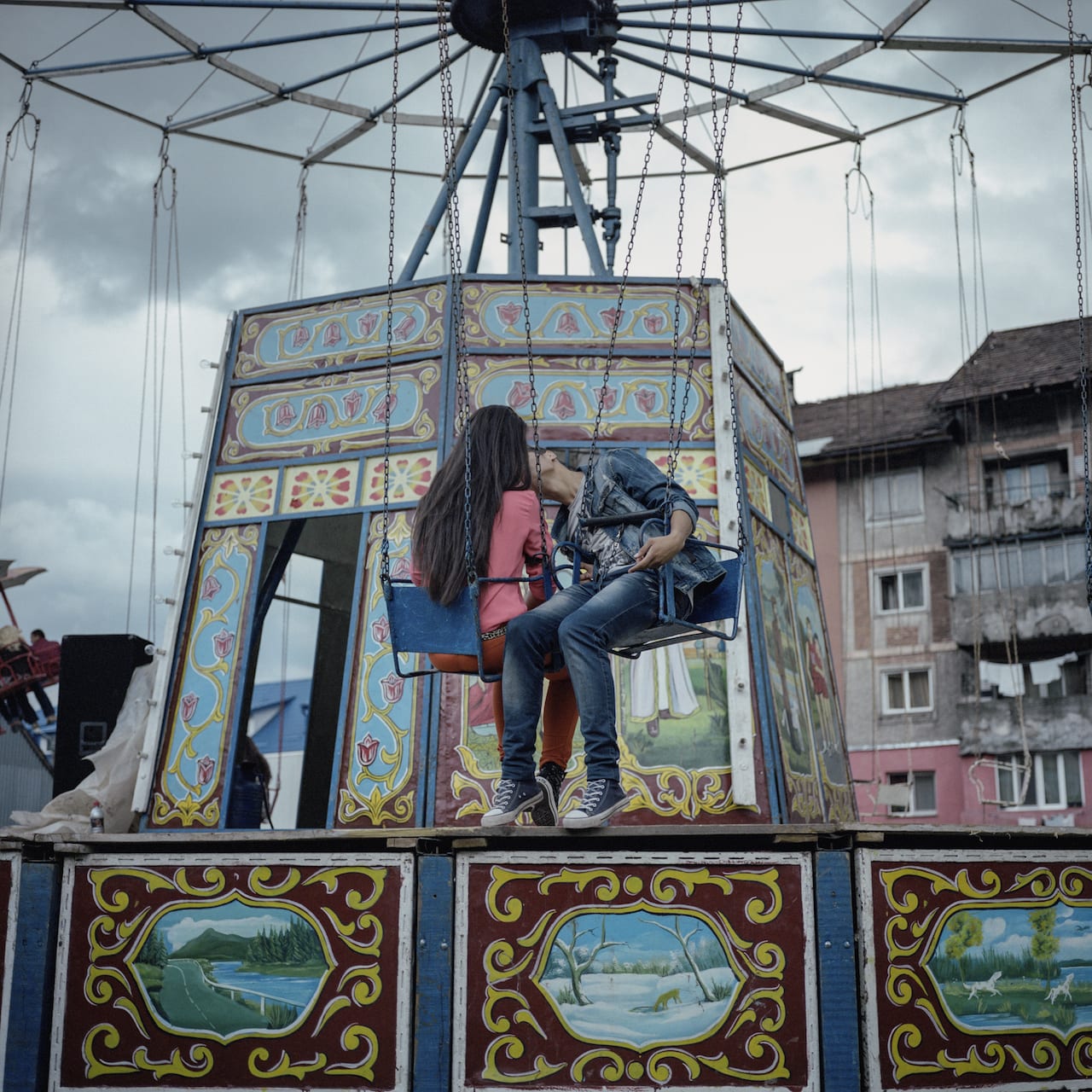
Our pick of the key stories from the past week, including Paris’ Circulation(s) festival of emerging European photography, the first-ever Kyiv Photo Book festival, and Todd Hido’s Bright Black World
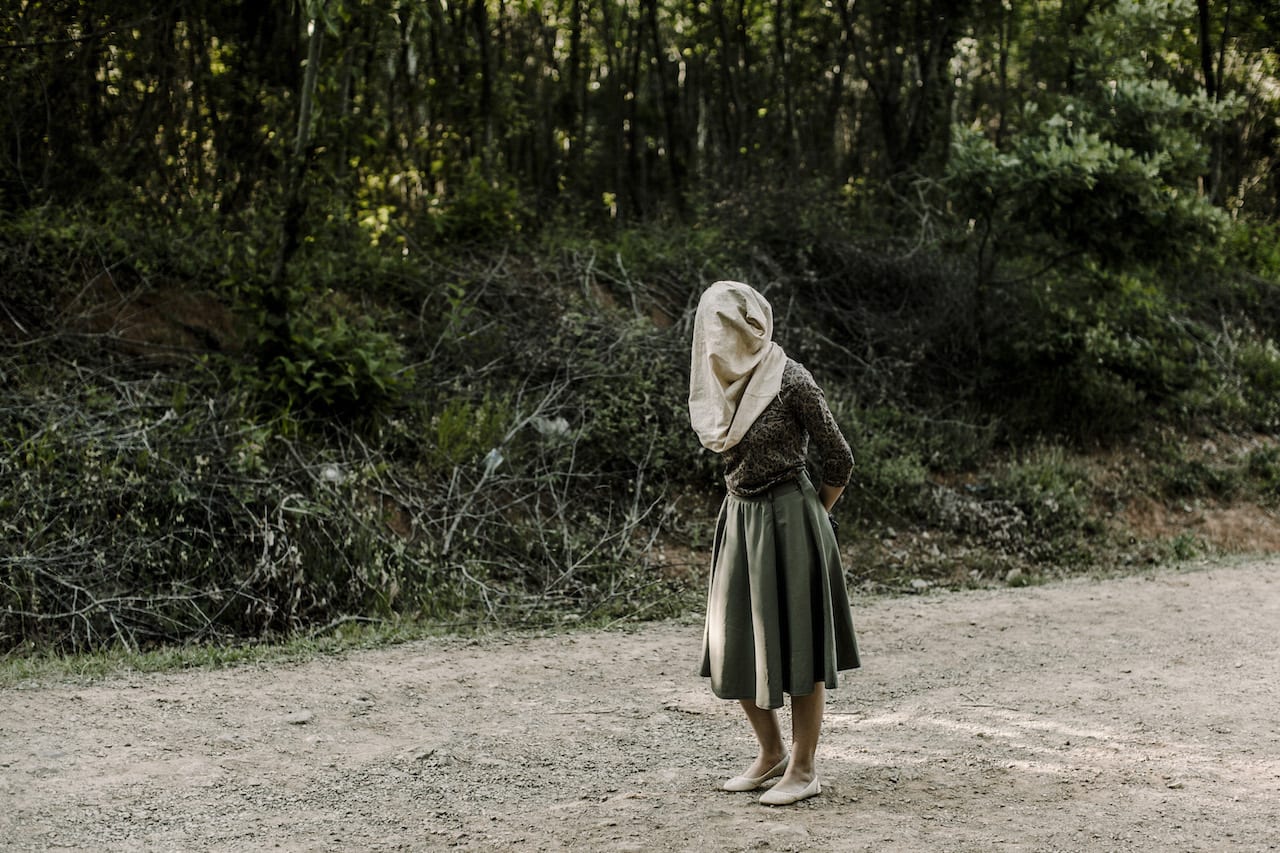
Taking a new approach to documentary photography after a near-death experience in Libya, Guy Martin captured Turkey’s fantasies and created a series which was recently published by GOST. “To not learn from that event in April 2011, I couldn’t do that to myself,” he says. “I couldn’t justify it to my family, I couldn’t be put in that same situation again,” he says. “The starting point was to take control of my photography, to use my photography instead of letting it use me.”
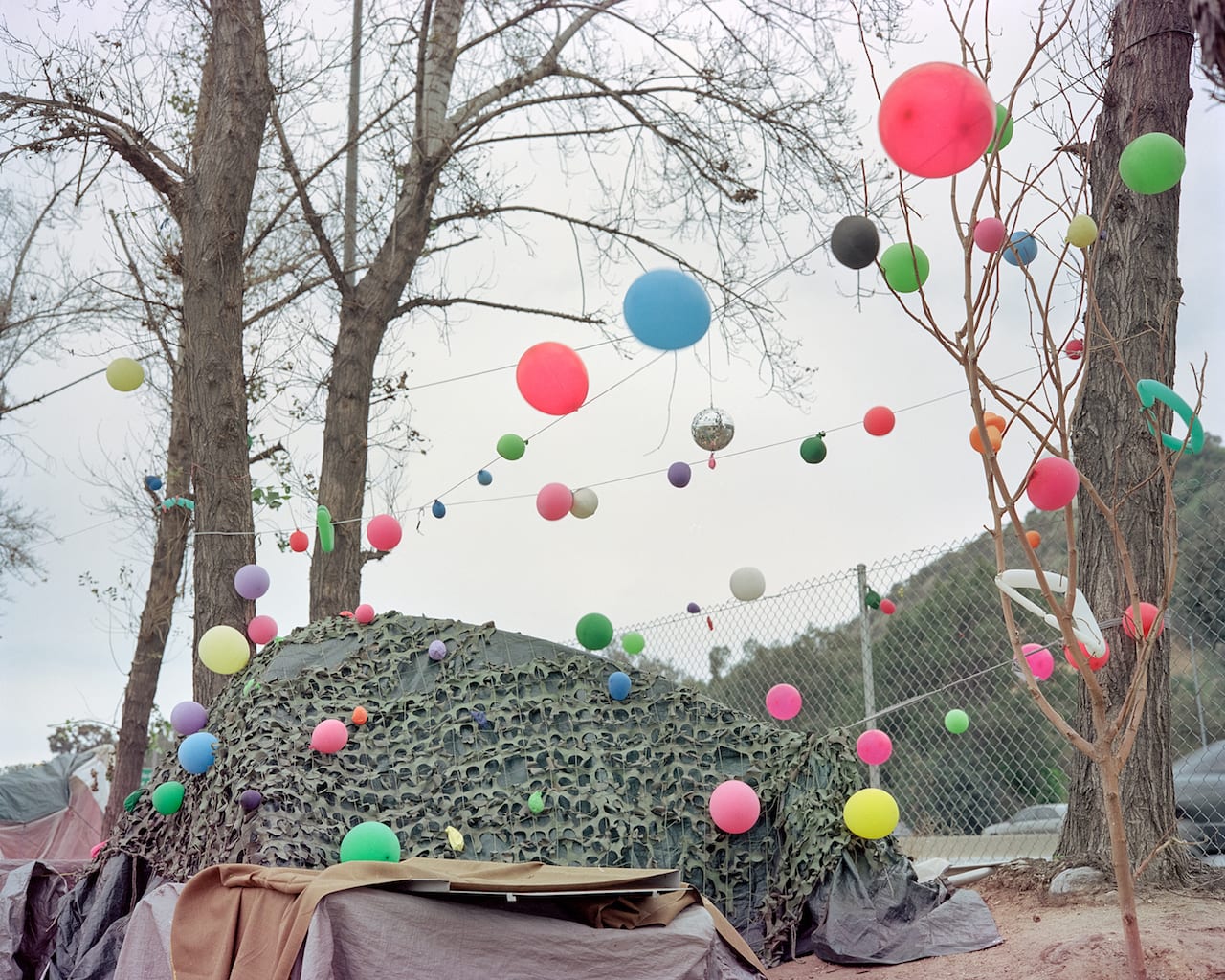
Publications we loved, and the big news stories from the last month in photobooks – featuring work by Peng Ke, Tom Wood, Paul Reas, Vivian Maier and the post-war PROVOKE group
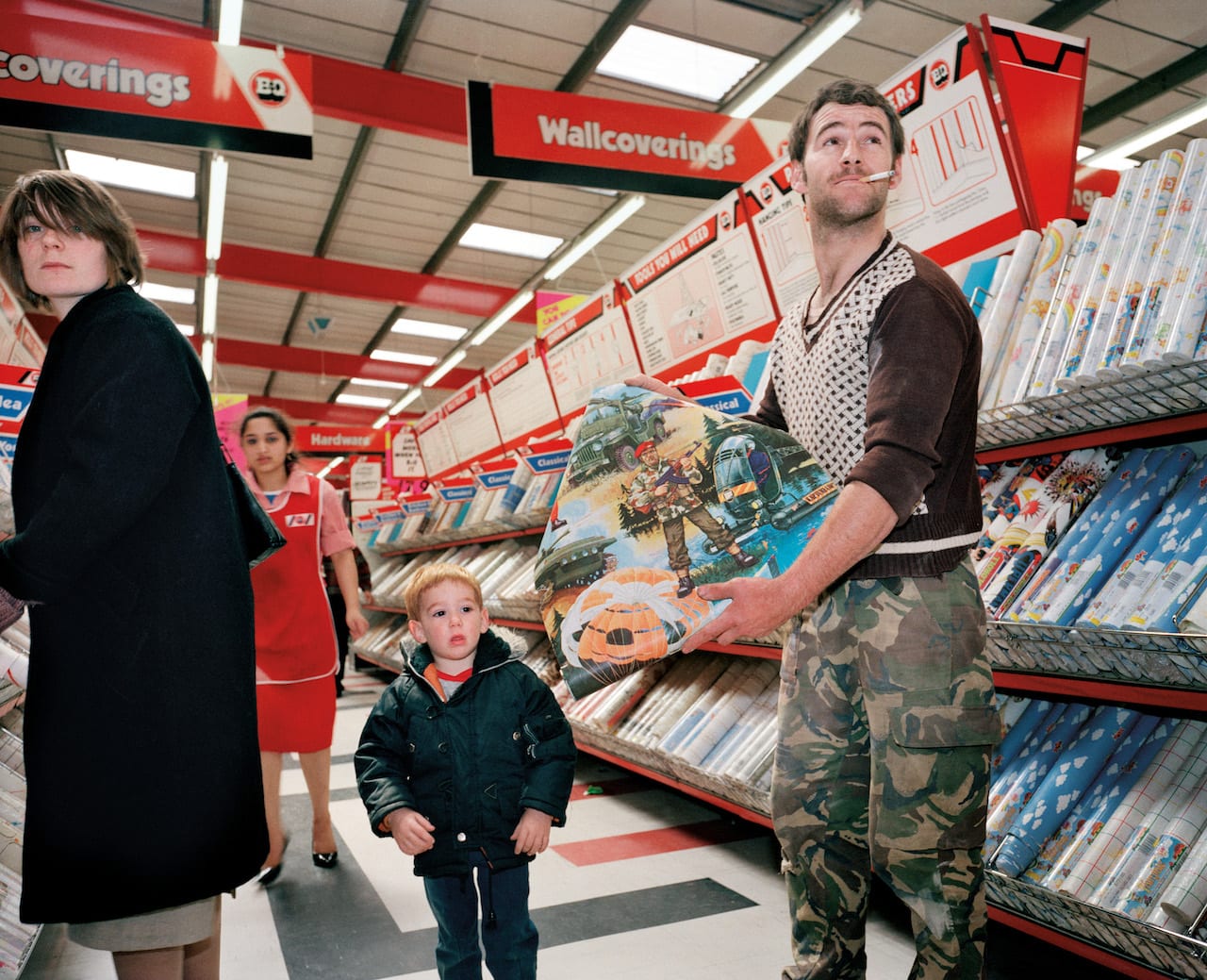
If you don’t get the reference, it’s a curious title for a photobook – Fables of Faubus, the 30-year retrospective by British documentary photographer Paul Reas. But if you’re a jazz fan you’ll know it’s taken from a song by Charles Mingus, written after Arkansas governor Orval Faubus decided to bar the integration of Little Rock Central High School in 1957.
To Mingus, and many others, Faubus stood for a dark force holding back progressive social change. For Reas, the title suggests the metanarrative that runs behind the many stories he’s shot in the UK on heavy industry, consumer culture, the heritage industry, and more – namely, the disenfranchisement of the British working class, “the years of decline of industry and the fall out from that, communities being de-centred and levelled”.